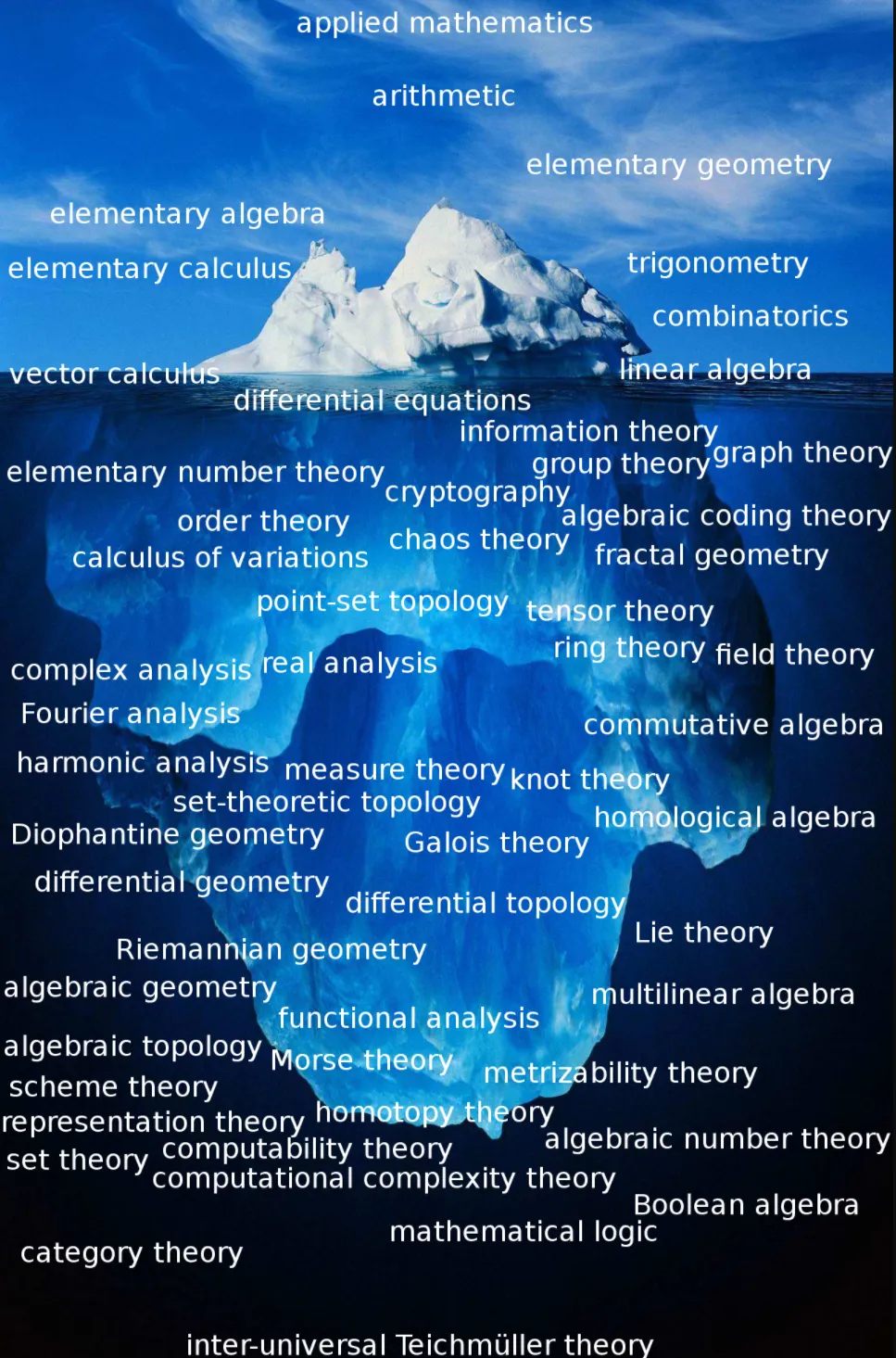Anti-homomorphism in Rings
ABSTRACT
In this chapter, the concept of anti-homomorphisms in Rings is studied and many results are established.
INTRODUCTION
The concept of anti–homomorphism in groups and rings is not found much in the literature. Authors like Jocobson Neal McCoy and Zariski and Samul have touched this concept in a lighter way. The reason is perhaps that the composition of two anti-homomorphisms is not an anti-homomorphism, but a homomorphism. This discouraged the mathematicians to move further. In 2006, G. Gopalakrishnamoorthy defined a new composition of two anti-homomorphisms so that the composition of two anti-homomorphisms with respect to the new composition is again an anti-homomorphism. In this paper we study the concept of anti-homomorphisms in Rings.
Definition. Let $R1$ and $R2$ be two Rings (not necessarily commutative). A map $f: R1\rightarrow R2$ is said to be an anti-homomorphism if
i) $f(x+y) = f(x) +f(y)$ and
ii) $f(xy) = f(y)\cdot f(x)$ for all $x, y\in R1$.
Definition. Let $f: R1\rightarrow R2$ be an anti-homomorphism of Rings.
(a) If $f$ is one-one, we say $f$ is an anti-monomorphism.
(b) If $f$ is onto, we say $f$ is an anti-epimorphism.
(c) If $f$ is both one-one and onto, we say $f$ is an anti-isomorphism.
(d) If $R1=R2$ and $f$ is onto, we say $f$ is an anti-endomorphism on $R1$.
(e) If $R1 = R2$ and $f$ is both one-one and onto, we say $f$ is an anti-automorphism on $R1$.
Property 1:
Let $f : X \rightarrow Y$ be a map. Let $A1, A2$ be subsets of $X$. Then
(i) $f (\varphi) = \varphi$
(ii) $A1 \subset A2 => f (A1) \subset f(A2) $
(iii) $f(A1\cup A2) = f(A1) \cup f(A2) $
(iv) $f(A1\cap A2) \subset f(A1) \cap f(A2) $
(v) $f(A1\ A2) \supseteq f(A1) \ f(A2)$
Property 2:
Let $f : X \rightarrow Y$ be a map. Let $B1, B2$ be subsets of $Y$. Then
(i) $f^{-1} (\phi)=\phi$
(ii) $B1 \subset B2 \Rightarrow f^{ -1} (B1) \subset f^{ -1} (B2) $
(iii) $f^{ -1} (B1\cup B2) = f ^{ -1} (B1)\cup f^{ -1} (B2) $
(iv) $f^{ -1} (B1\cap B2) = f ^{ -1} (B1)\cap f^{ -1} (B2) $
(v) $f^{ -1} (B1 \ B2) = f ^{ -1} (B1) -f ^{ -1} (B2) $
(vi) $f^{ -1} (Y- B1) = X -f^{ -1} (B1)$
(vii) $f^{ -1} (B1) = \phi \Rightarrow B1 \cap f(x) = \phi $
Theorem : Let $f : R1\rightarrow R2$ be an anti-homomophism of rings. Then the following hold
(i) $f(0) = 0$
(ii) $f(-a) = - f(a)$
(iii) $f(a^{k}) = [f(a)]^{k}$ for all $k \geq 1$, and $a \in R1$
Proof:
(i) $f(0) = f(0+0) = f(0) + f(0) \Rightarrow f(0) = 0 $
(ii) $0 = f(0) = f(a + (-a)) 0 = f(a) + f(-a) \Rightarrow f(-a) = - f(a)$
(iii) $f(a^{2}) = f(a)\cdot f(a) = [f(a^{2})] $
Assume $f(a^{k-1} ) = [f(a)]^{k-1}$
$$\begin{align} f(a^{k} ) &= f(a^{k-1} \cdot a) \\ &= f(a) \cdot f(a^{k-1}) \\ &= f(a) \cdot [f(a)]^{k-1} \\ &= [f(a)]^{k} \end{align}$$.
Theorem : An anti-homomorphism $f : R1 \rightarrow R2$ is a homomorphism if and only if $f(R1)$ is a commutative subring of $R2$.
Proof: Let $f : R1 \rightarrow R2$ be an anti-homomorphism of rings. Assume $f(R1)$ is commutative subring of $R2$. Then for all $x,y \in R1 f(xy) = f(y)\cdot f(x) = f(x)\cdot f(y) $. Thus, $f(R1)$ is a commutative subring of $R2$ such that $f$ is a homomorphism.
Conversely, assume that $f$ is a homomorphism. Let $a,b \in f(R1)$ be any two elements. Then $a = f(x)$ for some $x\in R1 ,b = f(y)$ for some $y\in R1$.
Now
$$\begin{align} ab &= f(x) \cdot f(y) \\ &= f(xy) (\textrm{so f is a homomorphism}) \\ &= f(y) . f(x) (\textrm{so f is an anti-homomorphism}) \\ &= b . a \end{align} $$
Hence $f(R1)$ is a commutative subring of R2.
Theorem : Let $f : R1 \rightarrow R2$ be an anti-homomorphism of rings. Then
(i) $\textrm{Ker}f$ is a subring of $R1$.
(ii) $f(R1)$ is a subring of $R2$.
Proof:
(i) Since $R1$ is non-empty, $f(R1)$ is non-empty.
Let $a,b \in f (R1)$. Then a = f(x) for some $x\in R1, b = f(y)$ , and for some $y\in R1$.
Then
$$\begin{align} a-b &= f(x) – f(y)\\ &= f(x) + f(-y) \\ &= f(x-y) \in f(R1) \end{align}$$
Also
$$\begin{align} ab &= f(x)\cdot f(y) \\ &= f(yx) \in f(R1) \end{align}$$
Thus $f(R1)$ is a subring of $R2$.
Theorem : Let $f : R1 \rightarrow R2$ be an anti-homomorphism of rings. For all $x, y \in R1 , f(x) = f(y)$ iff $x-y \in \textrm{ker }f$.
Theorem : Let $f : R1\rightarrow R2$ be an anti-homomophism of rings. Then $f$ is one-one iff $\textrm{ker }f = {0}$.
0 人喜欢
暂无评论,来发布第一条评论吧!

